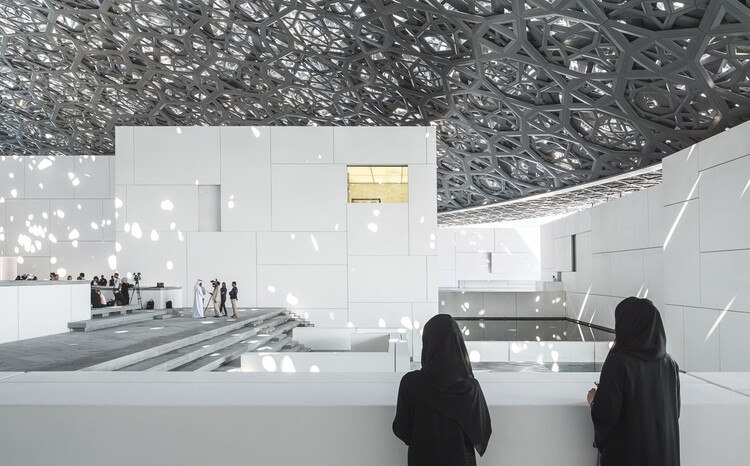 Louvre Abu Dhabi / Ateliers Jean Nouvel © Luc Boegly & Sergio Grazia
Louvre Abu Dhabi / Ateliers Jean Nouvel © Luc Boegly & Sergio Grazia
Share
Or
https://www.archdaily.com/1035386/louvres-around-the-world-the-export-of-museums-and-architecture-as-a-global-brand
It is undeniable that, at first glance, the idea of a Louvre in Abu Dhabi or a Centre Pompidou in Brazil may seem somewhat disconcerting. The image of these museums, internationally renowned, appears in many ways inseparable from their original cultural contexts. And to some extent, it truly is. The Louvre, deeply rooted in the history of France as a former fortress and later royal residence, embodies a set of invaluable heritage values, further amplified by I. M. Pei’s iconic glass pyramid intervention in 1989. The Pompidou, meanwhile, is remembered as a historic turning point: by redefining the concept of public infrastructure through radically unconventional architecture, it marked the first time culture drew in mass audiences.
In both cases, we observe the construction of an identity consolidated over decades — or even centuries — supported by a set of factors that inscribe them into history. Not only because of the preciousness of their collections or the contexts in which they are located, but also because of the symbolic power of their architecture. These elements, articulated together, form what we might describe as a cultural brand.
From this perspective, such “brands” acquired commercial value, and architecture began to operate as a market language detached from a specific context: a way of promoting, of selling an idea of culture, of positioning cities on the global map. Thus, when institutions such as the Louvre, the Centre Pompidou or the Guggenheim began to expand beyond their countries of origin, an inevitable question emerged: is culture also a marketing device?
Related Article Scroll & Stroll: How Social Media Is Rewriting Architectural Cultural Tourism 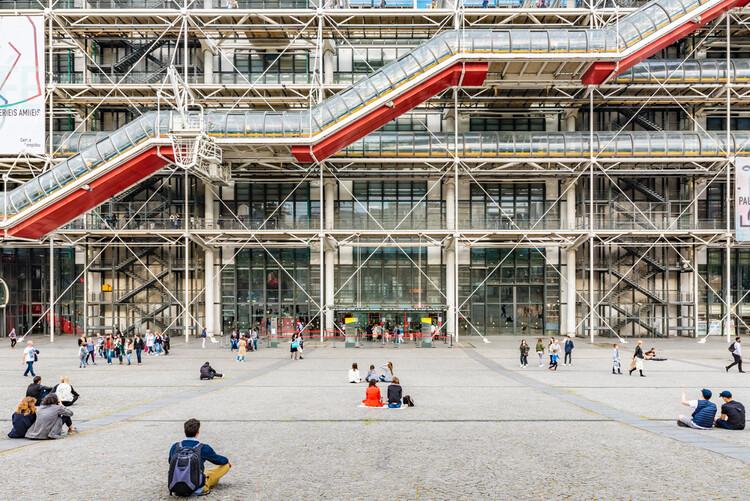 Centre Georges Pompidou / Renzo Piano Building Workshop + Richard Rogers © Takashi Images / ShutterstockSoft Power and Identity: The Museum as a Global Brand
Centre Georges Pompidou / Renzo Piano Building Workshop + Richard Rogers © Takashi Images / ShutterstockSoft Power and Identity: The Museum as a Global Brand
The contemporary museum is more than a repository of art — it is a brand. The name “Guggenheim” evokes an aesthetic and performative experience; “Louvre” suggests prestige and tradition; “Pompidou” conveys innovation and experimentation. These names have become transferable symbols, capable of generating value and prestige anywhere in the world.
As products of globalisation — which affects not only politics and economics but also culture — museums began to be seen as marketable assets, profitable in various ways. Given the increasingly fierce competition for global hegemony, culture — also understood as an instrument of a nation’s soft power — has gradually entered the political and economic arenas. Its associations with peace and affinity make it the most easily accepted and recognised form of international exchange.
In this context, it becomes clear that exporting museums also means exporting models of thought and cultural power. Major cultural powers began a movement to reaffirm their role on the world stage: the United States disseminating the Guggenheim model, while France multiplies branches of its most emblematic museums, such as the Louvre and Pompidou. This is, therefore, the export of cultural brands following corporate logic — based on licensing names, lending artworks, transferring expertise and, above all, using architecture as a device of visual identity.
Economically, however, it is a two-way street. Exporting countries reinforce their hegemony, while receiving countries use these projects to reposition themselves on the global map, associating themselves with modernity and symbolic legitimacy.
The “Bilbao Effect” and the Rise of Icon Architecture
The case of the Guggenheim Bilbao marks the peak of an era in which icon architecture was seen as an economic and political catalyst. The building by Frank Gehry, inaugurated in 1997, is a monumental titanium sculpture that at once challenges and disregards the scale of the city. The touristic and economic success of the project generated what became known as the “Bilbao Effect” — the belief that simply importing a star architect and a spectacular building was enough to put a city on the map.
However, this was not a new strategy — Sydney had already demonstrated the power of a transformative landmark, just as Paris had done with the Centre Pompidou. What distinguished Bilbao was the degree of contrast between the modest status of the city and the artistic and architectural ambition of its iconic proposal. Two years after its opening, economic activity in the Basque Country had reached €775 million — nearly ten times the cost of the initial investment — with the museum responsible for around 4,100 new jobs. The phenomenon attracted worldwide media attention. In the hands of political leaders, cultural architecture became a marketing tool seemingly capable of guaranteeing the economic development of a city.
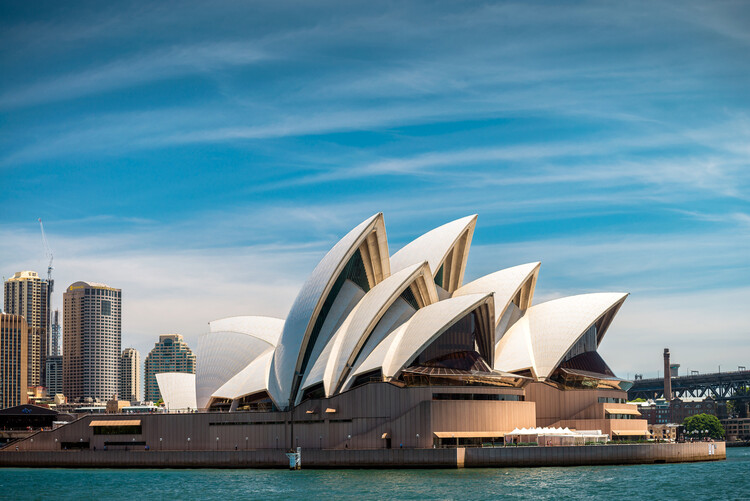 Sydney Opera House. Image © Budget Direct via NeoMam Studios
Sydney Opera House. Image © Budget Direct via NeoMam Studios
Over time, however, this model began to be questioned. First, because it is now understood that city branding no longer depends exclusively on monumental architectural icons. Contemporary tourism — especially architectural and urban tourism — takes other forms: driven by ephemeral trends, personalised experiences and often by small, photogenic places outside the traditional circuit.
Second, because this “out-of-context” architecture, celebrated in the 1990s, now faces resistance. The form-driven iconic building is increasingly viewed as an expression of spectacular architecture that is, in a sense, obsolete. Contemporary discourse, by contrast, values belonging, local materiality, environmental responsibility and dialogue with place. This raises the question: if the Guggenheim Bilbao were conceived today, would its architectural language still be accepted? And would its impact be the same? Possibly not.
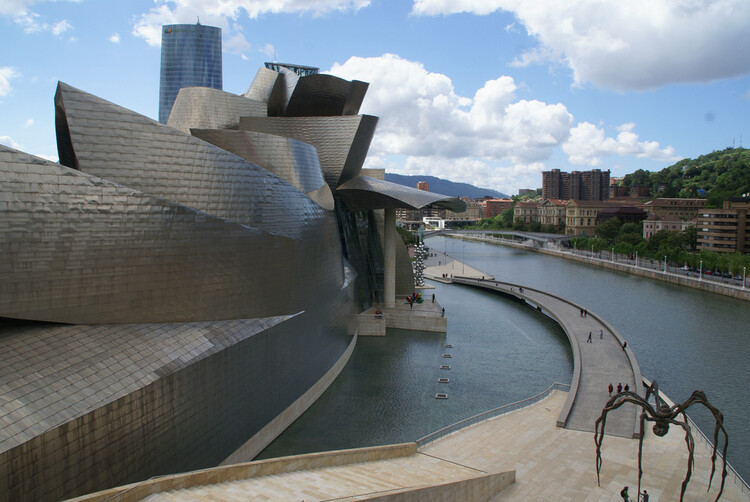 Guggenheim Museum BilbaoFrom Icon to Context: New Paradigms of Belonging
Guggenheim Museum BilbaoFrom Icon to Context: New Paradigms of Belonging
Museums exported in recent years reveal this transition. The Louvre Abu Dhabi, designed by Jean Nouvel, and the Pompidou Metz, by Shigeru Ban, attempt to construct narratives of belonging even while being imported institutions. In the case of the Louvre, Nouvel conceived a luminous metaphor for the Middle East: a floating dome that projects shade and coolness, evoking the image of an oasis, while filtering light into delicate patterns inspired by the Arab mashrabiya. It is a bold yet deeply poetic architecture — a gesture of sensitive integration with the local climate and traditions.
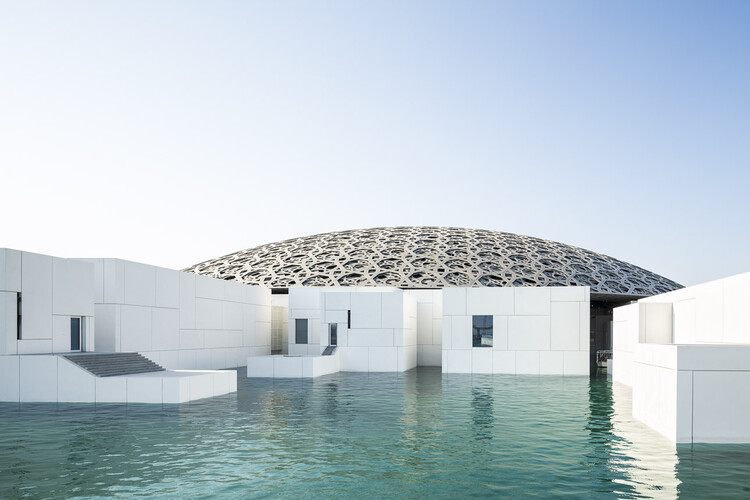 Louvre Abu Dhabi / Ateliers Jean Nouvel © Luc Boegly & Sergio Grazia
Louvre Abu Dhabi / Ateliers Jean Nouvel © Luc Boegly & Sergio Grazia
The political agreement between Abu Dhabi and Paris grants the use of the “Louvre” brand for 20 years, in exchange for approximately 700 million euros to the French state. The operation — criticised for allegedly “renting out” the museum’s name and artworks arbitrarily — is defended by Dominique Vieville, director of the Rodin Museum, who attributes the resistance more to the fact that the project involves a country outside the traditional Western cultural circuit than to any other reason.
A viewpoint that could also apply to Brazil, with the arrival of the Pompidou designed by Paraguayan architect Solano Benítez. Though little is yet known about the project, it is expected to use simple materials — primarily brick, produced from local earth — establishing a dialogue with the local landscape and the everyday experience of the population.
Both cases are, in this sense, architectural and geopolitical acts: they celebrate the encounter between cultures, but also stage the hierarchies of a still asymmetric world.
In any case, they are perceived as reverse operations when compared to Bilbao: the project stems from a global concept but materialises from the territory. This seeks to rebalance tensions between the universal and the particular, between export and translation. Within these strategies of belonging, there is a clear effort to legitimise the idea that any city can host its own Pompidou — dissociating the name from its geographical origin.
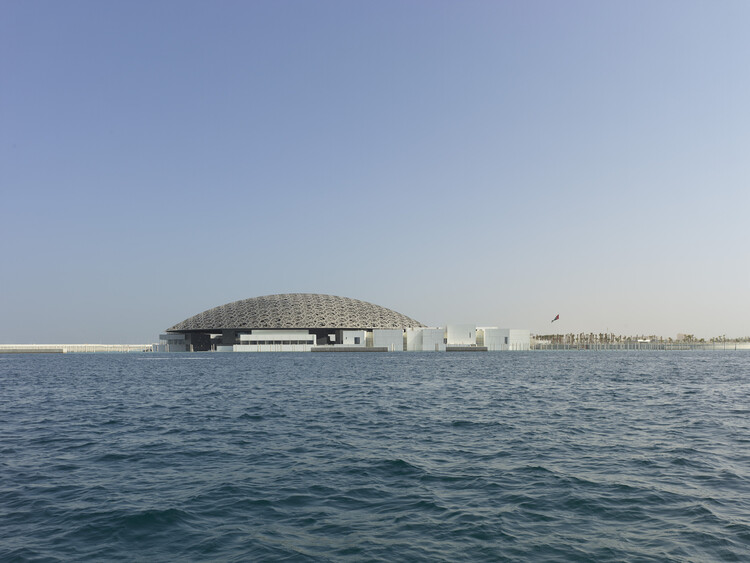 Louvre Abu Dhabi / Ateliers Jean Nouvel © Luc Boegly & Sergio GraziaBetween Space and Spectacle: Architecture as a Mediator Between Worlds
Louvre Abu Dhabi / Ateliers Jean Nouvel © Luc Boegly & Sergio GraziaBetween Space and Spectacle: Architecture as a Mediator Between Worlds
It is true that culture has inevitably become a marketing instrument, but it can operate in a more critical, conscious and rooted way. In this sense, the export of museums seems beneficial to some extent, as it builds bridges and brings the public closer to culture itself. The danger emerges when architectural language is reduced to the construction of decontextualised icons, running the risk of becoming self-referential spectacle — when the building serves photography more than experience, brand projection more than public engagement.
Within this framework, it is worth reflecting on the positive impact that these cultural “branches” around the world can generate. Just as the Pompidou in Paris transformed the city in the 1970s and brought the population closer to culture, could the Pompidou in Brazil produce a similar effect?
Ultimately, the contemporary challenge may not be to reject this marketing strategy altogether, but to reinterpret it as a form of cultural communication — making architecture not a product, but a mediator between worlds.
This article is part of the ArchDaily Topics: The Architecture of Culture Today. Every month, we explore a topic in-depth through articles, interviews, news, and architecture projects. We invite you to learn more about our ArchDaily Topics. And, as always, at ArchDaily we welcome the contributions of our readers; if you want to submit an article or project, contact us.

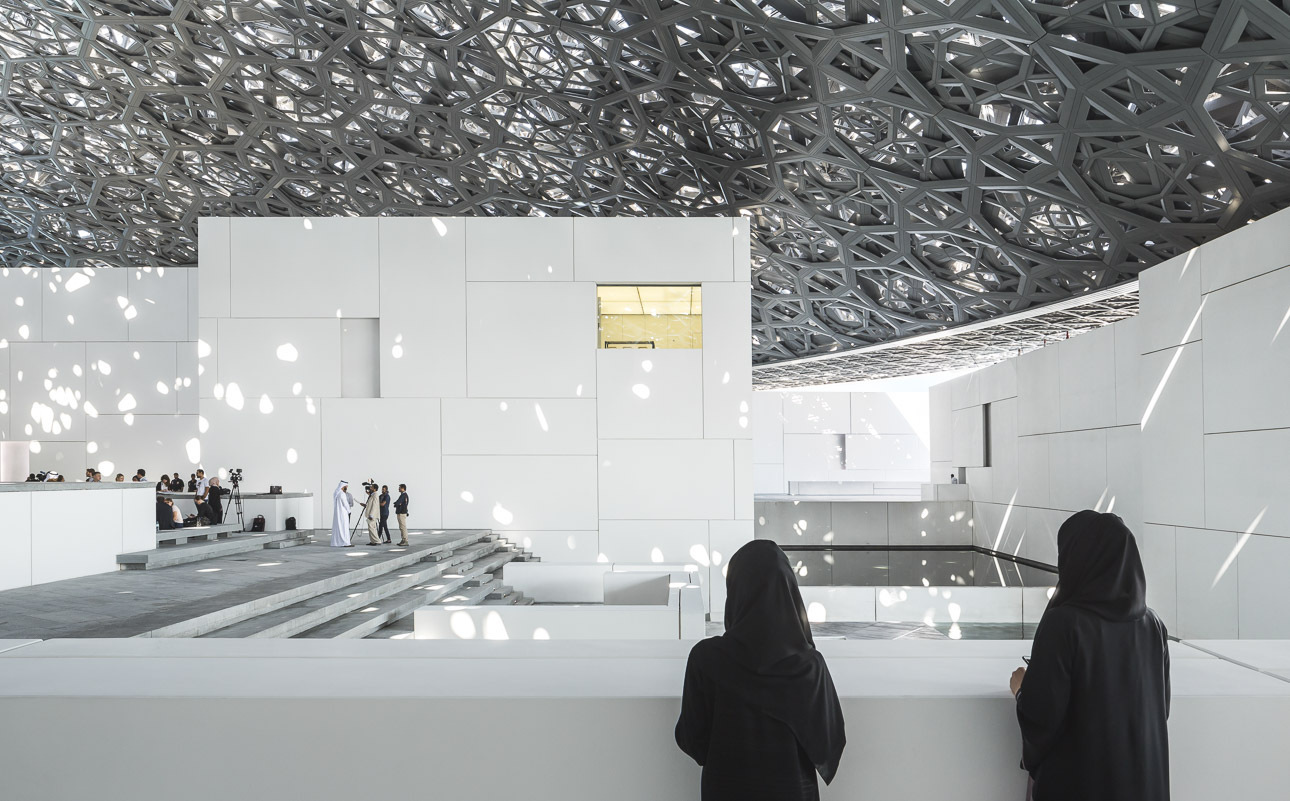
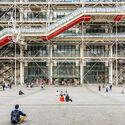
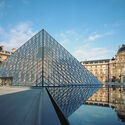
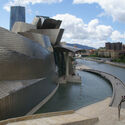

 Louvre Paris / IM Pei
Louvre Paris / IM Pei